In the hustle and bustle of urban life, amidst the cacophony of sirens and flashing lights, one iconic vehicle stands out: the fire truck. Instantly recognizable with its bold hues and imposing presence, the fire truck has ingrained itself into the collective consciousness as a symbol of safety and rescue. Yet, have you ever stopped to ponder the significance behind the color of these emergency vehicles? Does the color of a fire truck hold any intrinsic meaning, or is it merely a matter of aesthetics? Let’s delve into this question and uncover the surprising insights behind the colors of fire trucks.

Traditionally, fire trucks have been predominantly painted in a vibrant shade of red. This choice of color is deeply rooted in history and practicality rather than arbitrary preference. One prevailing theory behind the red color of fire trucks dates back to the early 20th century when many fire departments were volunteer-based and lacked standardized equipment. In those days, fire departments relied on readily available materials to outfit their vehicles, and red paint was often the most affordable option.
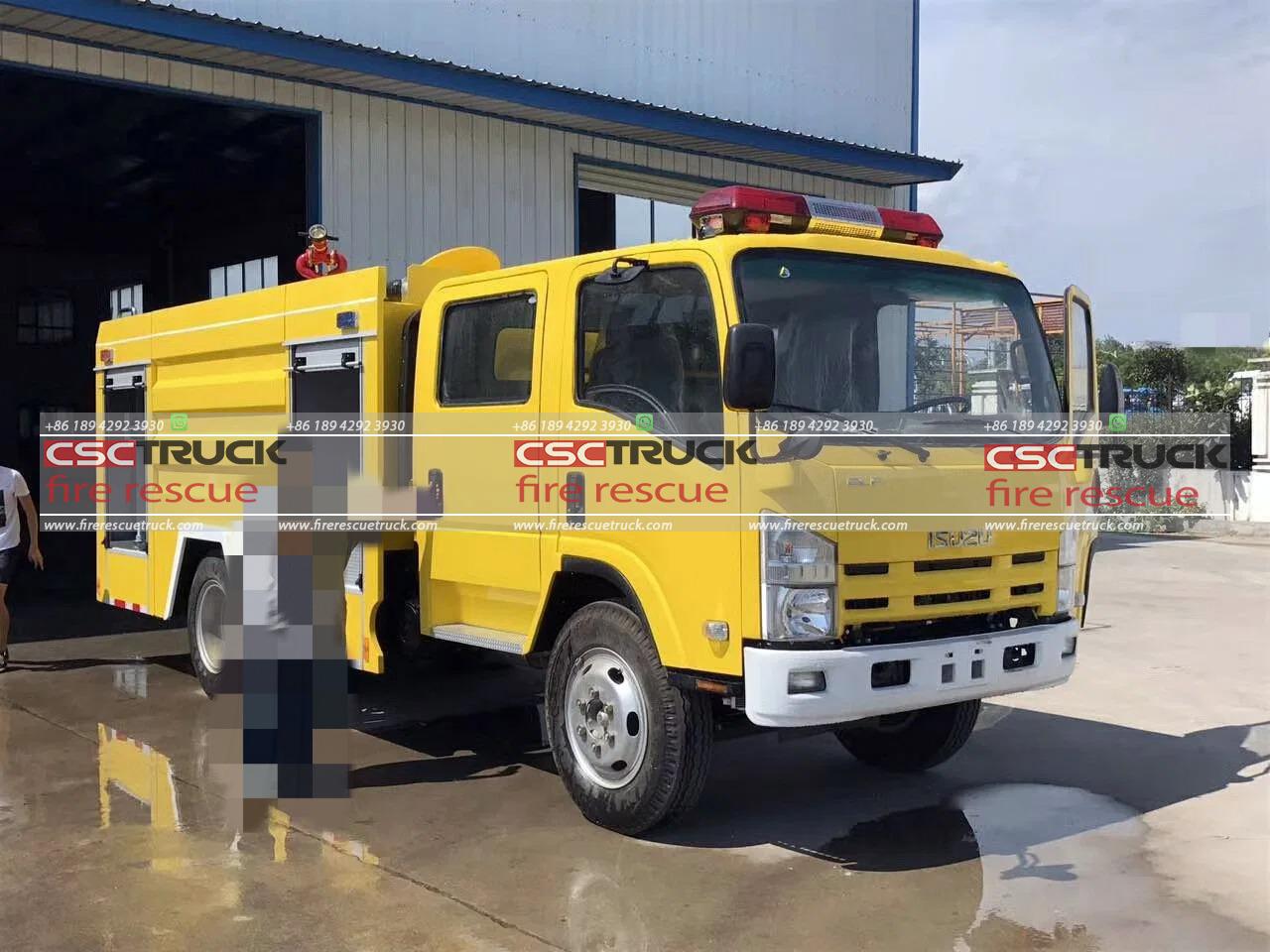
However, the significance of red goes beyond its affordability. Red is inherently attention-grabbing and easily visible, especially in emergencies. Its bold and striking appearance ensures that fire trucks can be quickly spotted amidst traffic or crowded streets, allowing them to navigate through urban environments with greater ease. Moreover, red has long been associated with danger and urgency, making it an apt choice for vehicles tasked with responding to emergencies.
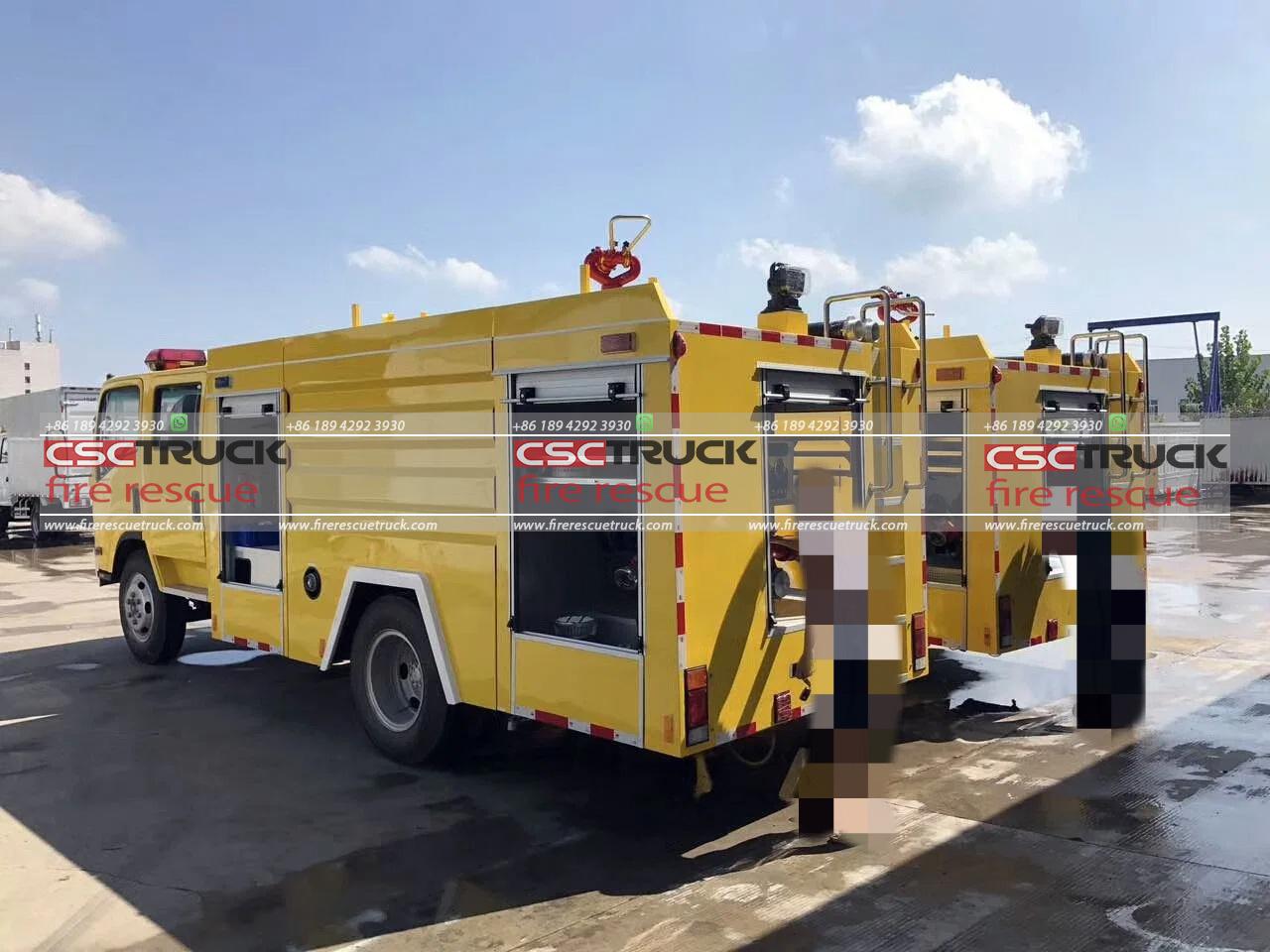
But does this mean that all fire trucks are universally red? Surprisingly, the answer is no. While red remains the predominant color for fire trucks in many regions, there are exceptions to this rule. In recent years, some fire departments have opted for alternative colors such as yellow, white, or even lime green. This departure from the traditional red color raises an intriguing question: Does the choice of color impact the effectiveness of a fire truck in fulfilling its duties?
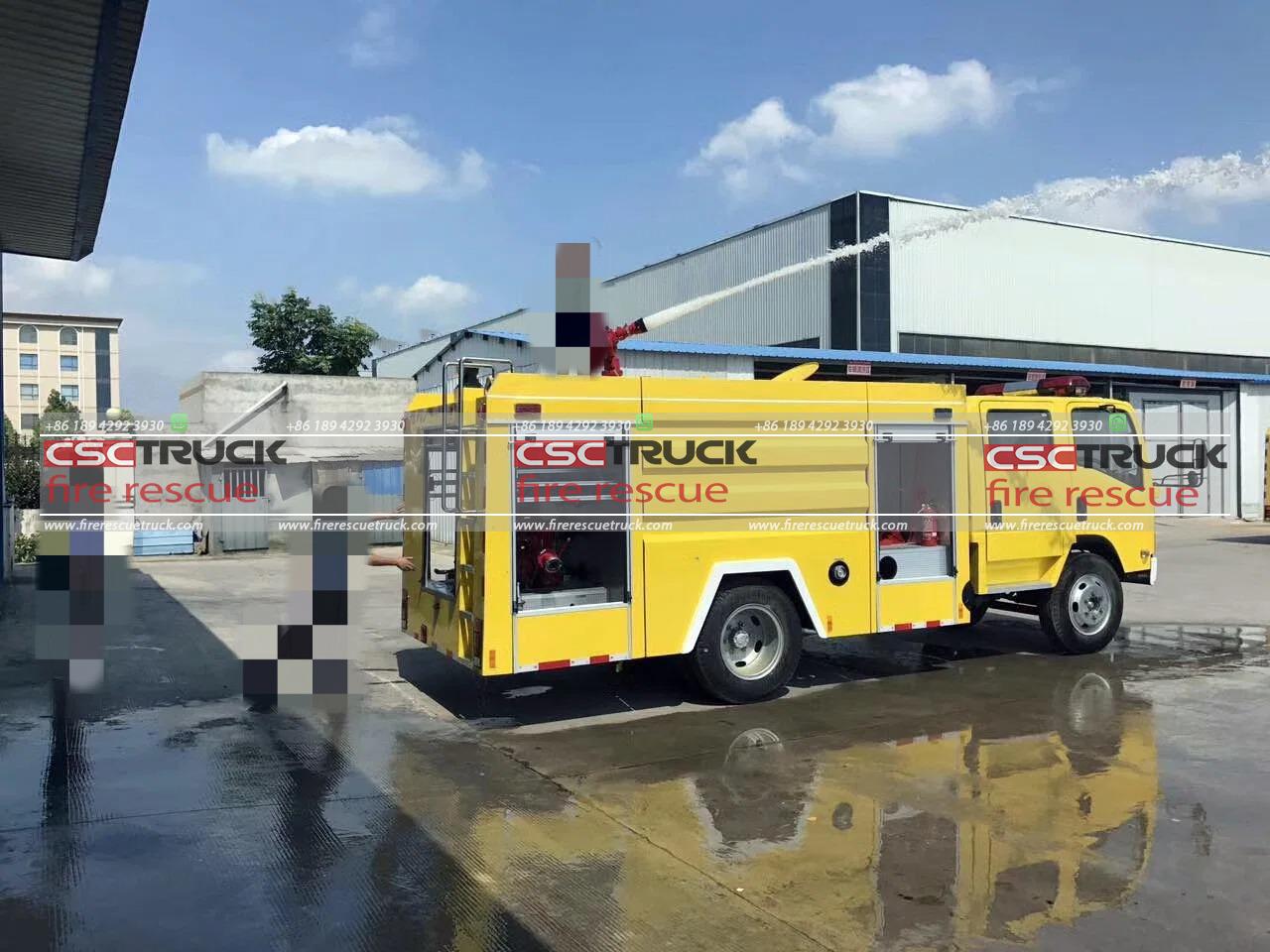
To understand the rationale behind these alternative color choices, we must consider the evolving dynamics of emergency response. In particular, the increasing emphasis on safety and visibility has prompted some fire departments to explore alternative color schemes for their vehicles. For example, yellow fire trucks have gained popularity in certain regions due to their high visibility and association with caution. Yellow is often used in construction zones and road signage to alert motorists to potential hazards, making it a logical choice for emergency vehicles operating in traffic-heavy areas.
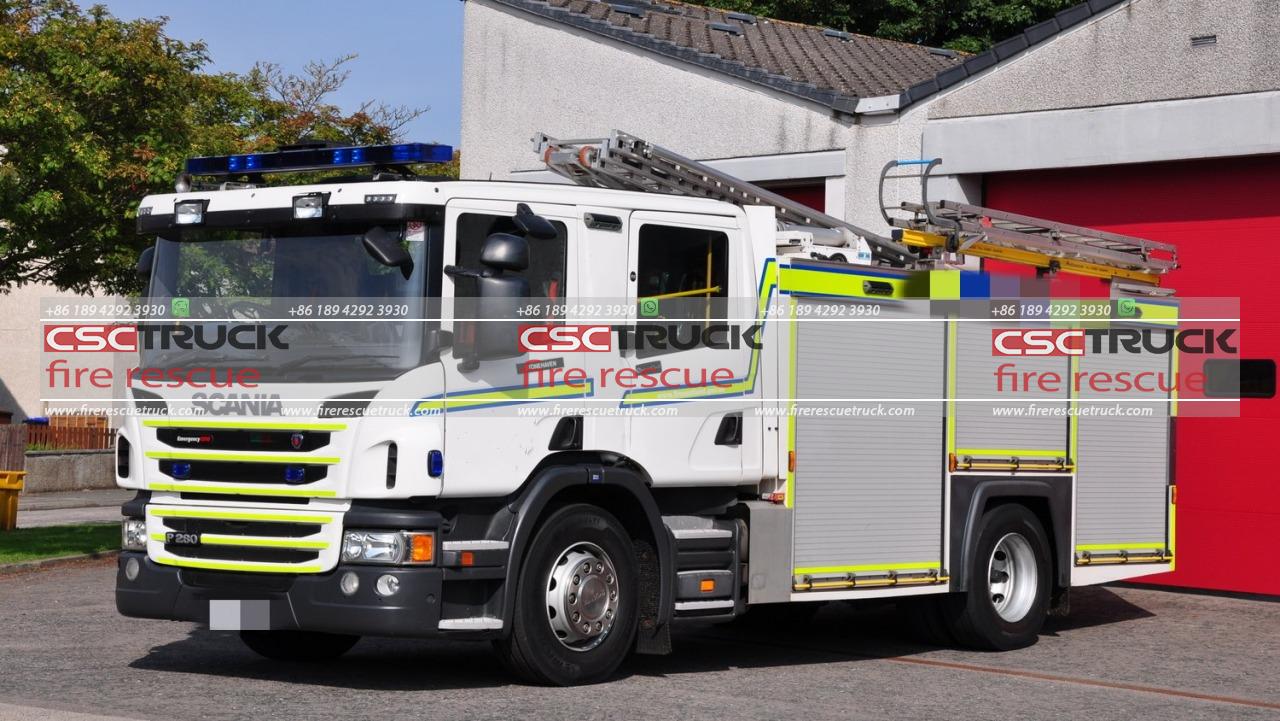
Similarly, white fire trucks have emerged as another alternative to traditional red. White vehicles offer a clean and modern aesthetic while still maintaining high visibility on the road. Additionally, white reflects sunlight more effectively than darker colors, helping to mitigate heat absorption and keep the vehicle’s interior cooler—a crucial consideration during prolonged emergency responses.
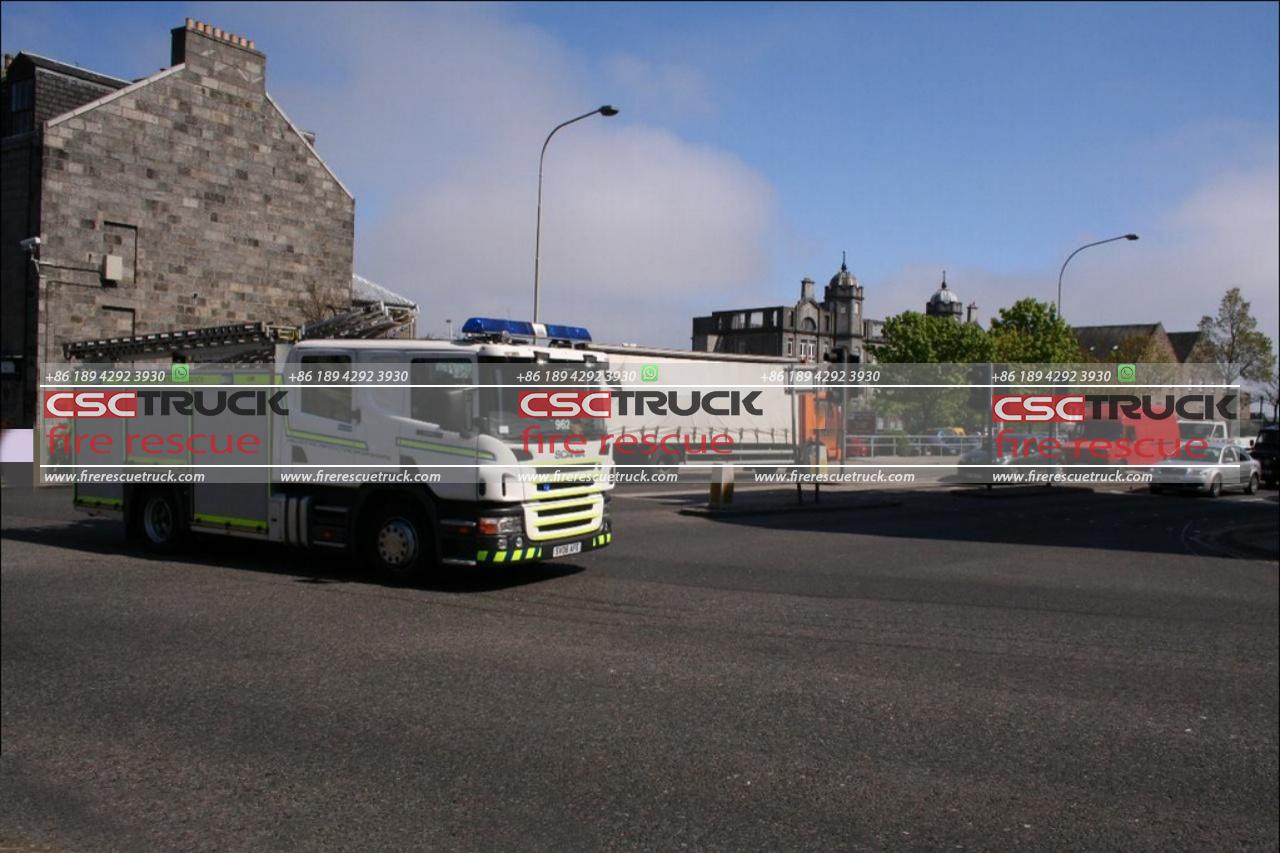
In contrast, some fire departments have adopted unconventional colors like lime green to distinguish their vehicles from neighboring jurisdictions or to align with specific branding initiatives. While these color choices may deviate from tradition, they serve to underscore the diverse approaches taken by fire departments in meeting the unique needs of their communities.
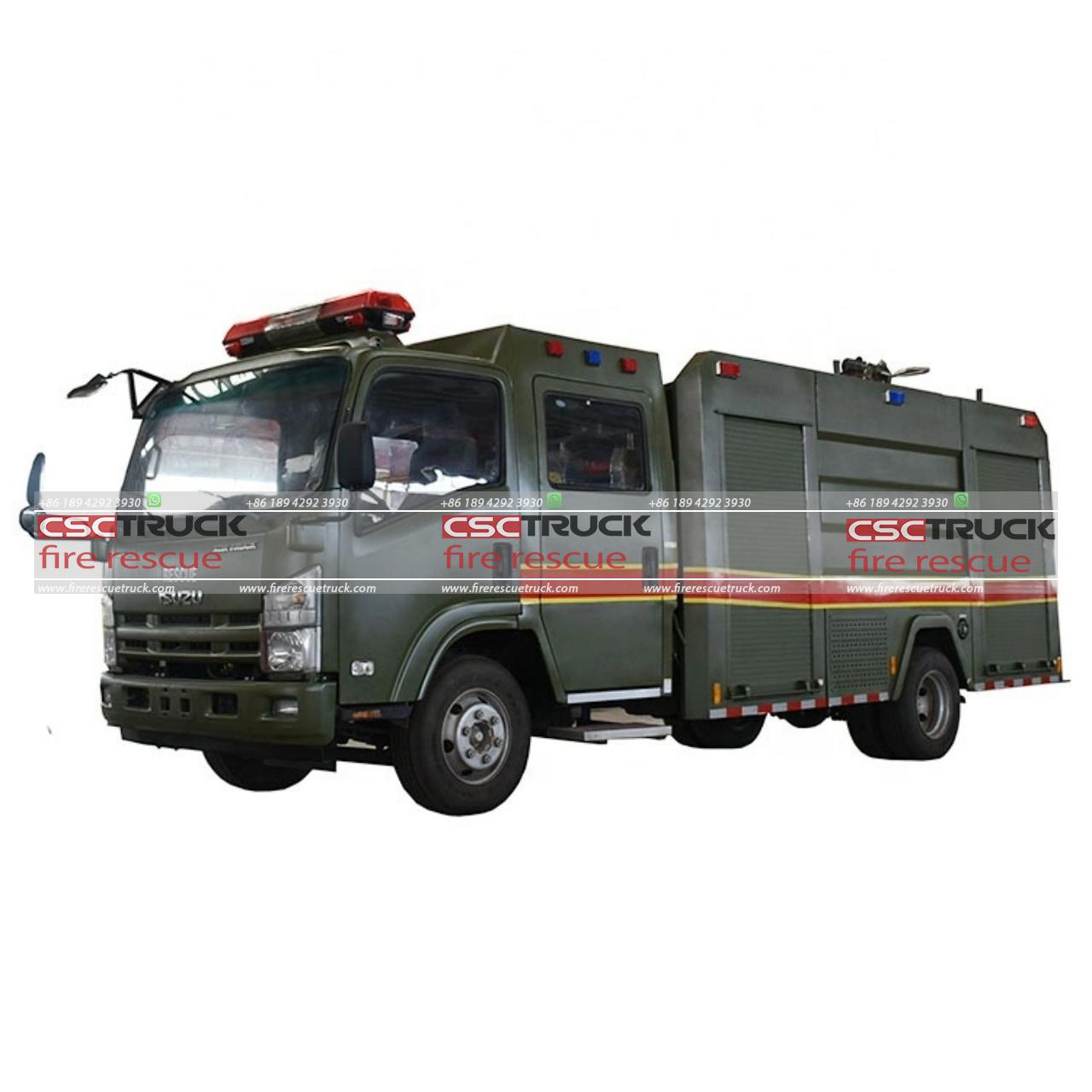
Beyond considerations of visibility and safety, the color of a fire truck can also have cultural and symbolic significance. In certain regions, fire trucks may be painted in colors that hold cultural or historical relevance, serving as a source of pride and identity for local communities. For example, fire trucks in Ireland are often painted in shades of green—a nod to the country’s heritage and national colors.
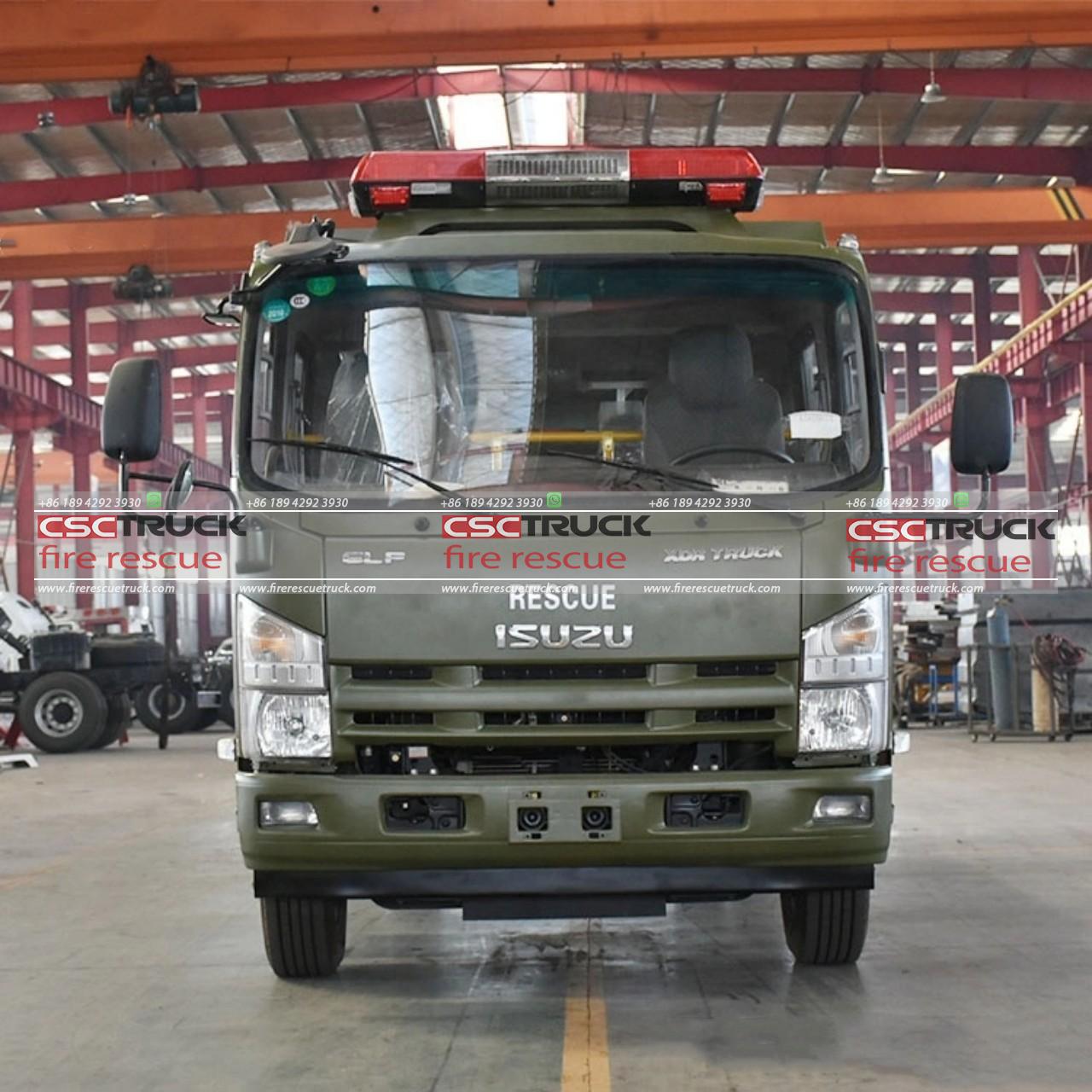
Moreover, the color of a fire truck can convey important messages about the role and function of the vehicle within the broader context of emergency services. For instance, specialized fire trucks used for hazardous materials (hazmat) incidents may be painted in distinct colors or feature specific markings to differentiate them from standard fire apparatus. Similarly, aerial ladder trucks or rescue vehicles may sport unique color schemes to highlight their specialized capabilities and equipment.
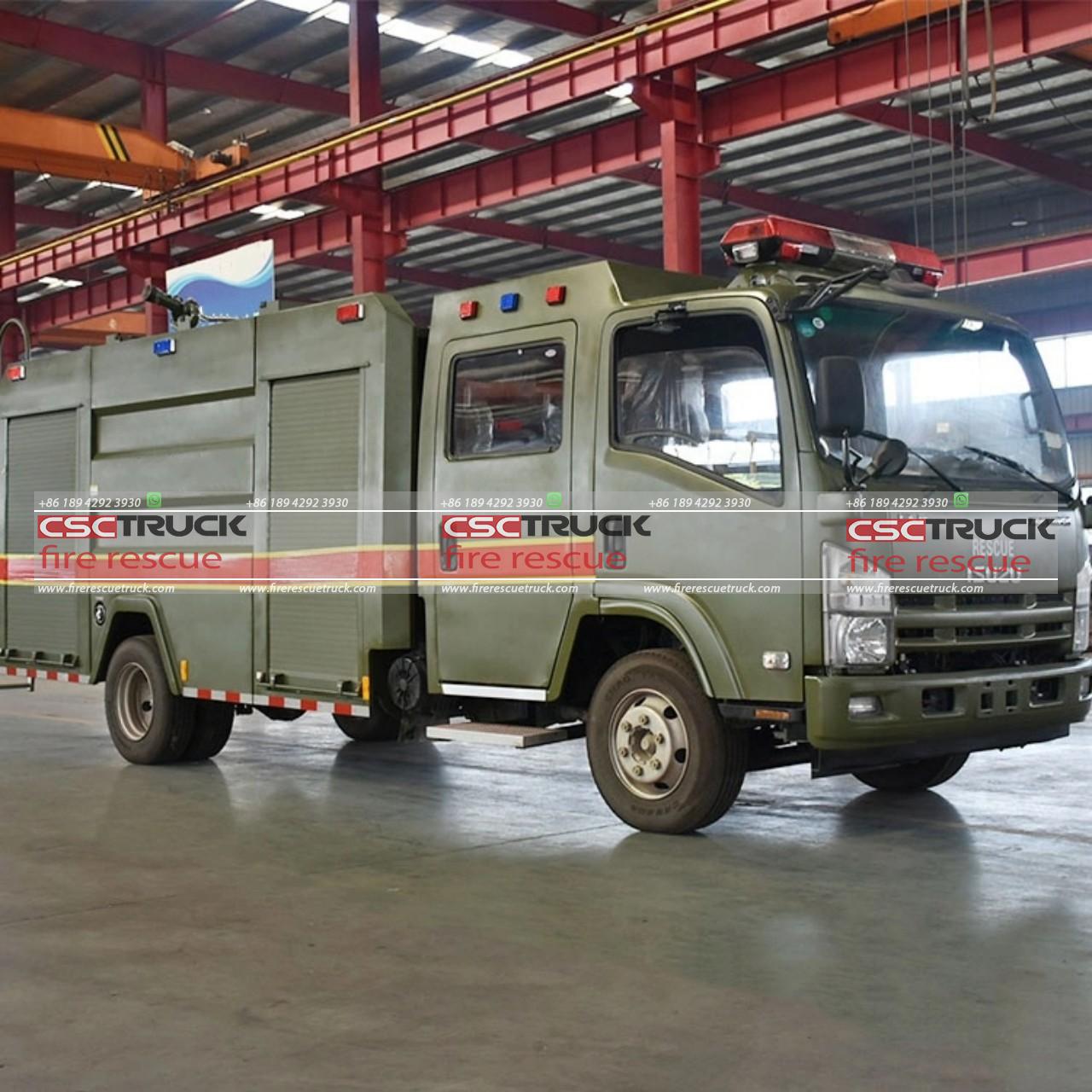
In essence, while the color of a fire truck may seem like a superficial detail, it carries significant implications for both functionality and symbolism. Whether painted in traditional red, eye-catching yellow, or unconventional hues, fire trucks serve as more than just vehicles—they are symbols of hope, resilience, and community support.
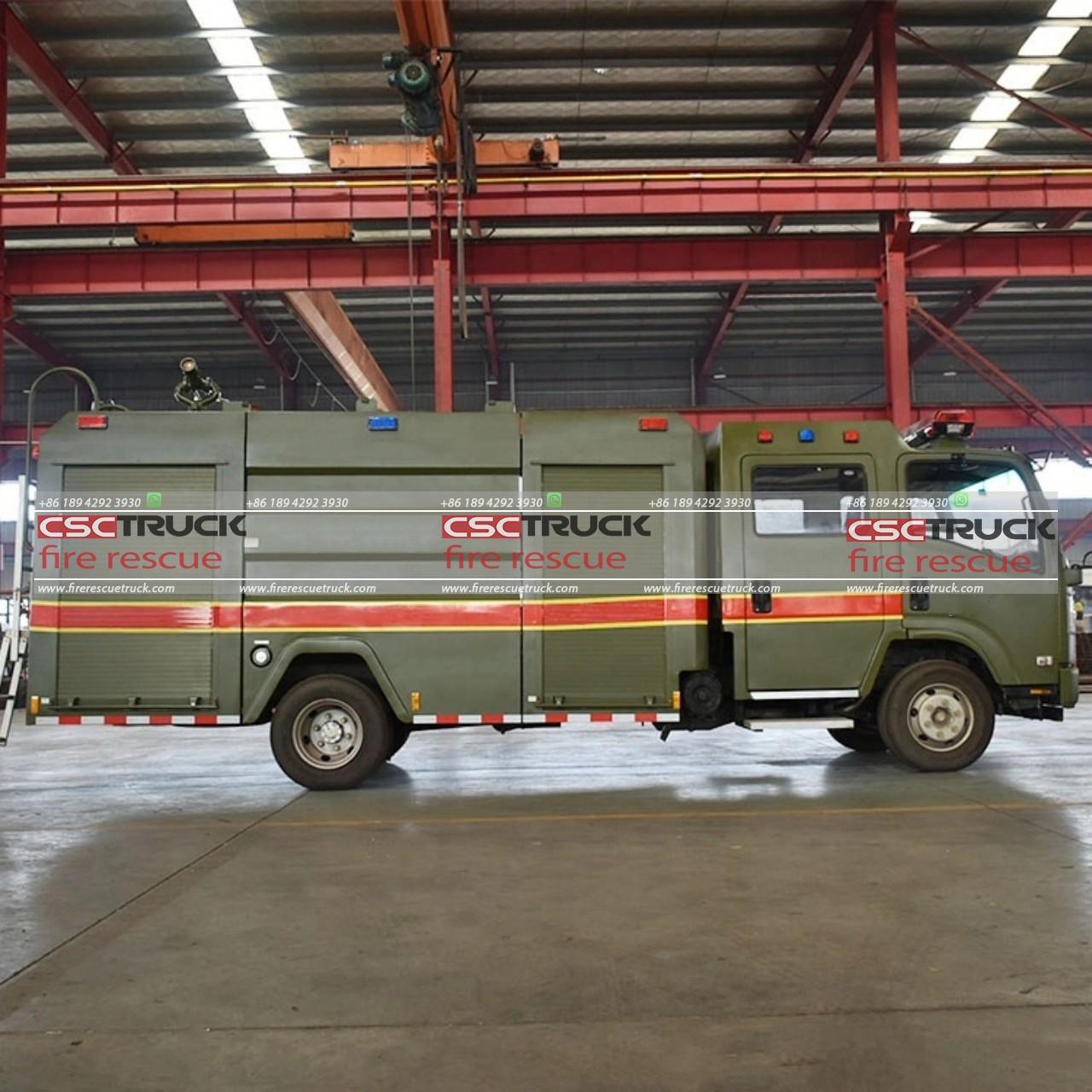
As we reflect on the question “Does the color of a fire truck mean anything?” the answer becomes abundantly clear. Yes, it does. The color of a fire truck is a deliberate choice shaped by practical considerations, safety concerns, cultural influences, and symbolic meanings. Regardless of its hue, a fire truck remains a beacon of assistance and reassurance in times of crisis, embodying the unwavering commitment of firefighters to protect and serve their communities. So, the next time you see a fire truck rushing by, take a moment to appreciate the significance behind its color—it’s more than just paint on metal; it’s a reflection of our collective values and aspirations for a safer tomorrow.







